Searching for colors and the right views we usually get carried away by our desire to create the right vision. Jefflin Ling excludes all the distracting colors, takes his long exposure camera and freezes, waiting for the special moment when the nature opens wide naked and is ready to be captured by the photographer. This article is one of those special ones, that happen when we get to speak to the author, the artist, the master himself. Jefflin Ling is a winner of various contests and the master of black and white photography shot with long exposure. He was kind enough to spend some time answering our questions and sharing his experience with SFG Magazine readers.
Tell us a few words about your background? Family? Are they of the artistic world as well and do they support what you do?
I'm from Kuala Lumpur, Malaysia, and a father of two children. I am a businessman, and photography is my hobby. I am only focused on my photography since year 2012. I am very honored to have the support of my wife who always encourages me to go abroad to venture into photography, meanwhile taking care of the two children when I’m away, and sometimes even accompanies me along to do my photography.
What education have you got and is it connected with photography as well?
I completed my Bachelor of Business Management in a local British university in Malaysia. And I have taken one year photography course in Adam Photography Academy, teaching by Adam Tan, the winner of National Geographic 2013 International Contest).
Getting closer to photography itself, why have you chosen black and white photography in particular? Isn’t it more difficult to express all the depth, emotions and feeling with only two colors and their hues.
I never resist colour photography, it’s only that black and white allows me to see more colours. In front of the great scene, I often imagined that all objects on earth refract different colours due to the sun. If there is no sun, all worldly objects would be black and white. When all things are colourless but only in black and white, what kind of world would that be… For example, when you see a colourful scenery, you would say, "wow, how beautiful it is!" And if I ask you what is the thing that particularly attracted you? You may suddenly question yourself what is that beautiful thing, or is that the colour that attracts you? Or the little red house? Or the evening sunset? Or the glittering sea that attracts you? We have been surrounded by this colourful world, and often forget about their true "colour". My photography is to deliver this message, “when the world lacks colour, what kind of world would it be?” A world that allows us to remain silent…

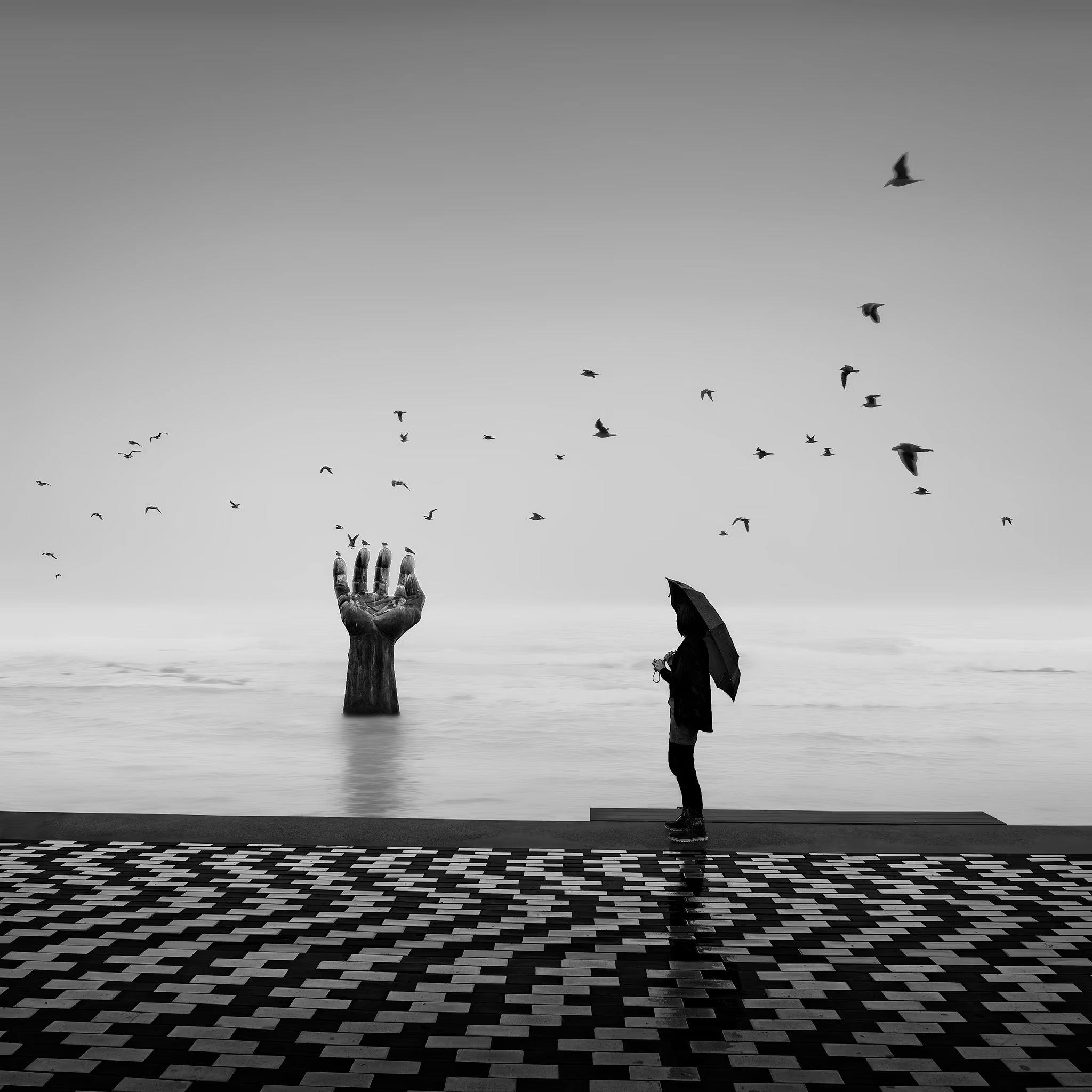


What kind of equipment do you prefer? Some favorite cameras, tripods, lenses? Maybe you have a kind of a ‘camp set’, that is always with you wherever you go?
Like us who are long exposure photographers, we do actually have a set of standard equipment:
- a very good DSLR camera, and I am currently using Nikon D800e & D4;
- a good tripod;
- ND filter (3, 6, 10 stops), I often use 16 stops when I shoot to have longer exposure under the sun;
- for lens, generally I would use 24-70 F2.8.
- a very good DSLR camera, and I am currently using Nikon D800e & D4;
- a good tripod;
- ND filter (3, 6, 10 stops), I often use 16 stops when I shoot to have longer exposure under the sun;
- for lens, generally I would use 24-70 F2.8.
Hahaha.. I do not have a "camp set", but I’ll make sure I have enough sleep and full meal before going out for shooting. I do not emphasise on the "Golden Hour". Sunrise and sunset are the golden moments in general landscape photography. But for me, it’s the opposite, I would avoid these two moments, to avoid the sun coming direct into my lens.
How much time (from the average minimum to the average maximum) do you spend on post-production and retouching? And when there comes an understanding that the photo is done?
If you pay attention to my work, my shooting theme is quite broad, ranges from architecture, seascape, documentary, human life style, snowscape, animal, portrait to landscape (tree, boat, bridge, rock etc.), all subjects to my own point of view. Before shooting, I would look around to see if I had stand in a position with the best angle, and then imagined how the final image would be, thereafter only I would start shooting. Different themes would have different time spent on the post-production. Architecture photos are very time-consuming, where the complicated ones would take an average of 15-20 hours, with the least to be 10 hours. Seascape photos are relatively quick to be processed, usually two to three hours to complete.
In your bio you’ve mentioned using Photoshop for post-production. Besides Photoshop are there any other tools, software, tricks that you use? Some kind of special Jefflin-magic? :-)
Of course Photoshop is the most commonly used software in my post-production. I would use plugin such as silver efex pro 2. But Photoshop remains the main.
My post-production emphasizes much on selection, the more perfect a selection, the better the outcome. My photos are all about light and shadow. I do use Photoshop to emphasize my visual vision. You must have an idea first about the whole outcome, whereby technique & software is just like a pen to a writer. For me, the most important vision is how to capture the objects from outside world and interpret it to become a piece of art.
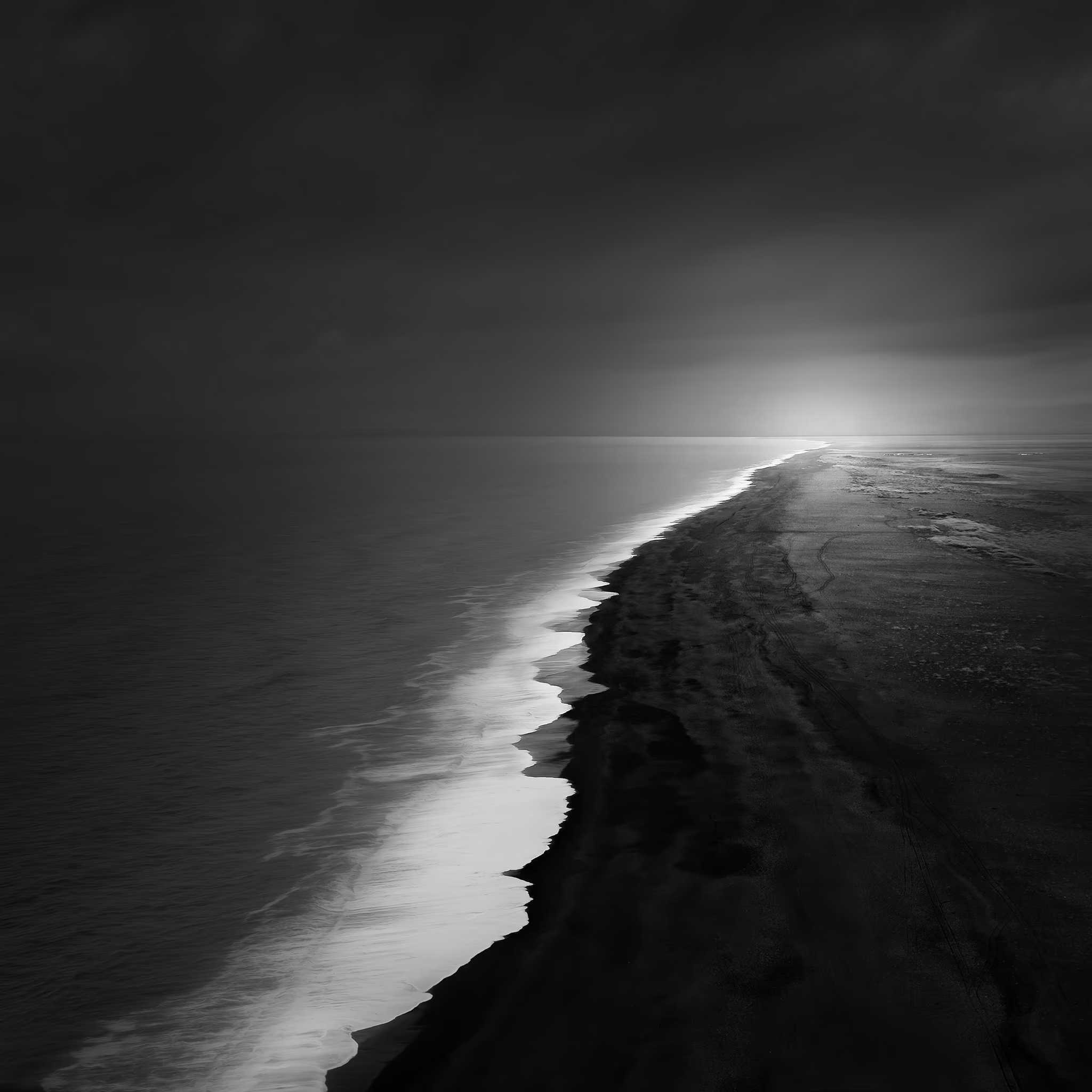



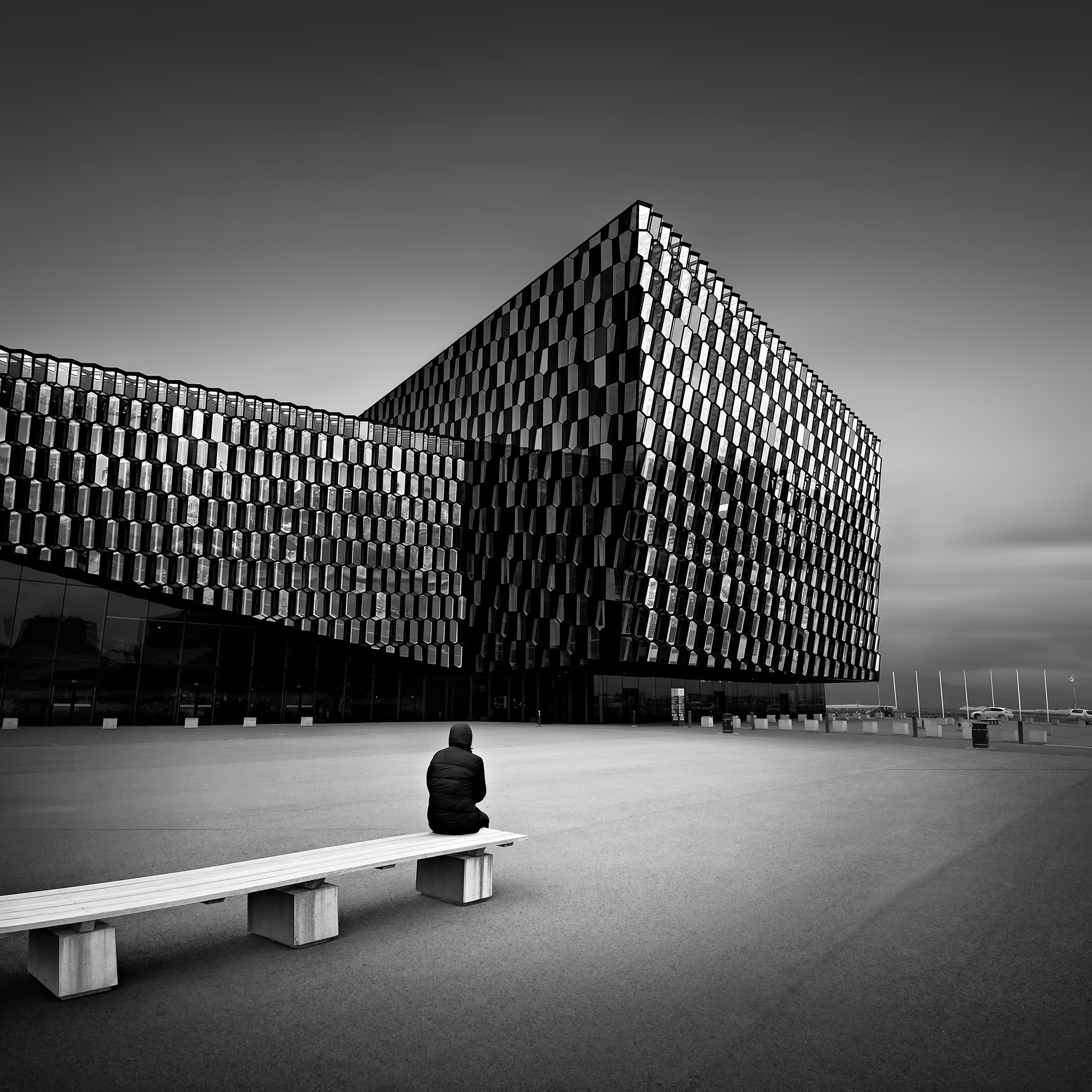

Very often artists are influenced by the previous generation. What is your Mona Lisa? The picture that to your mind is your best so far.
Every artist has been influenced by personal idols. My Photography Vision has been influenced by these three legendary fine art photographers – Ansel Adam, Michael Kenna and Josef Hoflehner. Even until now their images are still influencing the new generation of black and white photographers like us. Not to forget Joel Tjintjalaar, my master who helped me a lot on post-production skills, his perfection seeking character has deeply influenced me.
Could you please briefly describe the process of creation a photograph from the moment you see the right view to the moment you understand that it’s done?
Everytime when I was searching for a shooting theme, I would see which thing would catch my attention, and then interacted with it, and thought what sense of beauty it would give me. I discovered that the object’s most beautiful position often did not match with my first sight, and when I started to shift my body, my object would start to change its shape. At this moment, I started to pay attention to the object, and whether my movement would cause the changes of the object and its surrounding to be in coordination with my theme. Balancing and space are very important for my composition. My decision to shoot depends on the imagination room that the place would give me, instead of taking random shots and did selections later.
You seem to travel a lot and the geography of your photos is also quite wide, do you travel to special places in order to take unique pictures or you just catch the cool views occasionally, when you happen to see something worthy?
I usually choose places which are neat and clean, not too much debris, such as the snowy Hokkaido; Iceland with less buildings; seaside with much creative space; isolated stone; tree and island, which always become my shooting objects.
I personally love to shoot in Japan, as it is clean, tidy, and properly planned, particularly Hokkaido, a place where I shot frequently. The snowy Hokkaido is very quiet and clean, uneven ground was covered under thick snow, which made the object more obvious.





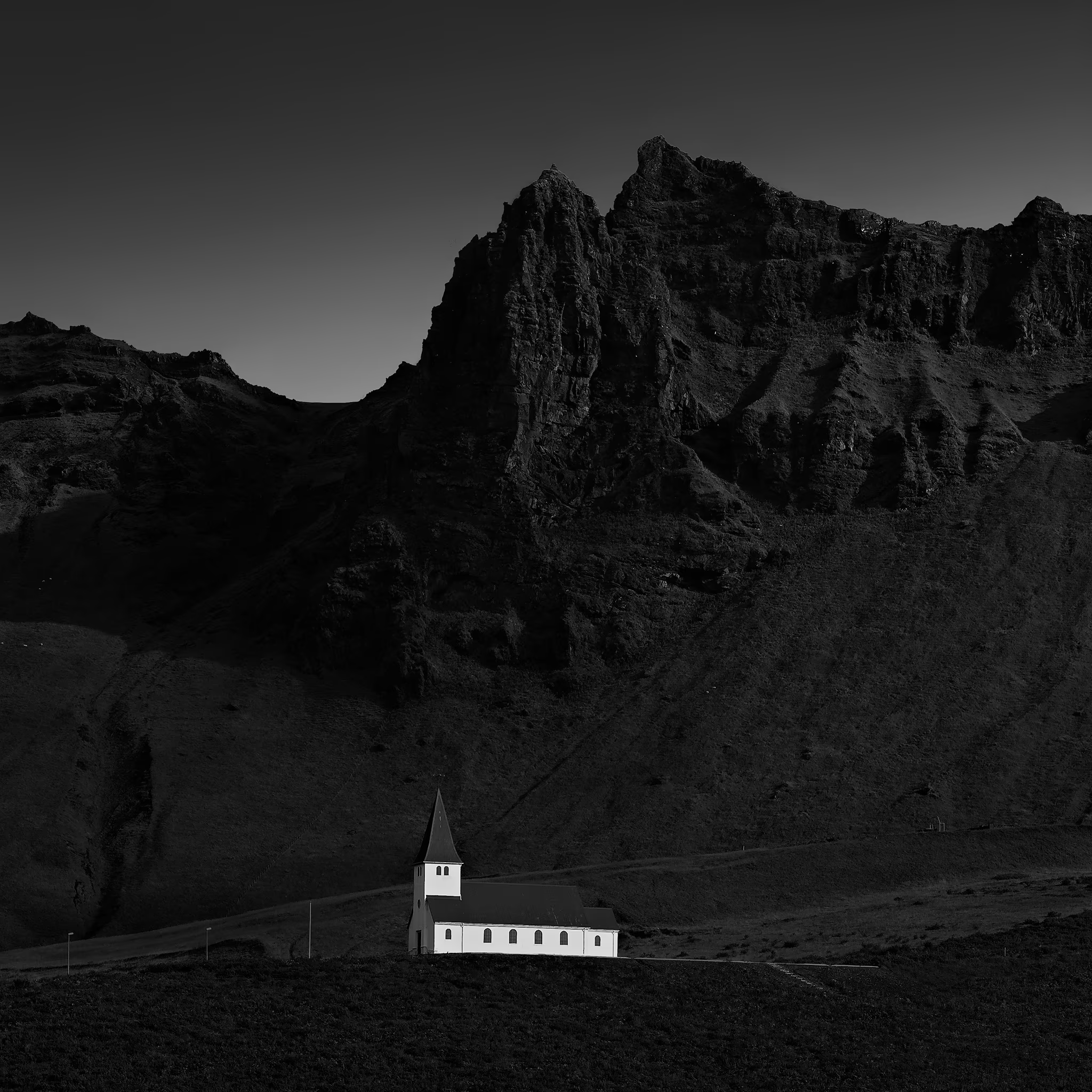
What is your favorite and the most inspiring place on earth so far? And what countries that you haven’t been to yet you are planning to discover in the nearest future?
The most inspiring place for my photography is of course Iceland! It inspires me of unlimited creativity. This land is full with themes, and I always felt lack of time (laughs). I think a photographer needs to be touched in order to stimulate his mind to create. Iceland is definitely a great place for me to find inspiration. Iceland has its nature environment which is very uncommon to human. It has too many special scenes that would suddenly appear in front of you and make you feel very excited. It does not have many colours to confuse our vision, and it is only a naked soul presented in front of you. There are too many places to explore in Iceland, I wish to go back to shoot every year.
Cuba is the one of my favourite and hope I can discover it in near future. No other country is like Cuba, the queen of the Antilles and pearl of the Caribbean. The legendary colonial town like Cuba's capital Havana, the old city full of huge natural scenery for my art of photography. I can imagine how I get surprised on scenery of seeing year 50s classic car stop in front of Museum of the Revolution. I also can’t imagine me getting shock on unpredictable scenery come across to my eye when I walk alone and explore the old city.
Do you know anything about Ukraine? Have you ever considered visiting it to take a few pictures here or for any other purpose?
To be honest, I have very limited knowledge about Ukraine. I know it is a country becoming independent from the Soviet Union, located in Eastern Europe. There are four seasons a year, people generally speak Slavic. Of course I would like to go to an unfamiliar country to do shooting. I am travelling a lot and enjoy the life besides work as a photographer. I love to discover and explored the different cultures, and I am sure it will not going to stop in my life.
I do not like to do a lot of preparation and arrangement when travelling, so that when I am shooting, it could spark off unarranged occurring. I enjoy this kind of photographic journey. I believe Ukraine is a historical country in Eastern Europe with very nostalgic and ancient buildings. Architecture photography is one of my favourite themes, and every time I visited a country or a place, I would arrange some times to walk around the cities to shoot some local landmarks.
We can see various landscapes, seascapes, pictures of separate objects of nature, but people happen to be seen quite rarely. And if they do, then they look more like a small addition to the whole big picture. Why? Are big portraits some kind of a taboo in your art?
Regardless of the photography theme, landscape, seascape, long exposure, human life style and so on, I would stand on my principle; that is not to leave until I get my desired outcome. After seeing my photos, people thought that I have a lot of opportunities. But I told them that these are the outcomes of doing much waiting. For example, when shooting for seascape with more cloud and less blue sky, I need to wait until some of the clouds dispersed. Or coincidently it was sunrise when you just wanted to shoot, and since I do not like the sun coming direct into my lens, I have to wait for the sun to rise up high before I shoot. The changes of weather play a big part on my entire production, which is not easy to retouch during the post-production process.
Talking about people, they are usually the complementary productions rather than the main object. I remember there was a time when I wanted to take a photo of a hut in the middle of the sea in Bali and usually with people sitting there, I would wait until all of them left before shooting. While waiting, I tried to add these people into my production. The effect did surprise me. Of course, my main focus is still landscape photography, so most of the times, people would thought that these are some additional concepts. But I have to emphasize here that I do not resist portrait. In contrary, I take note of the visual effects that the acts of people would bring to the environment.
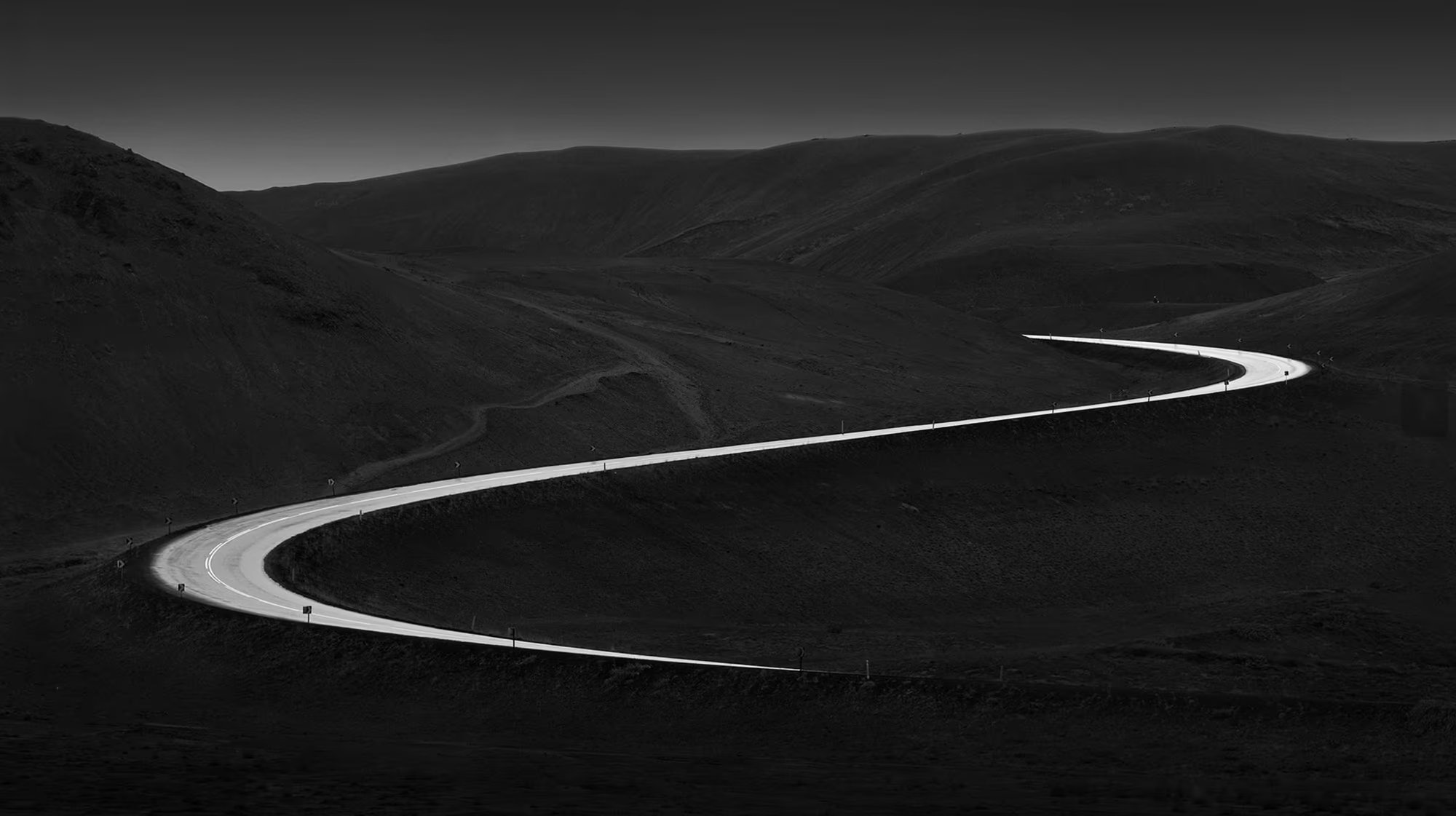


You have won lots of different awards for the last couple of years, is there a big goal in your life, connected with your work as a photographer? Some signal point, reaching which you might understand that the photography chapter is completely written and read?
I treated photography as an entertainment in the early days. Going out with a group of friends who love photography and talked about it every weekend was my biggest fun. But later, I found out that I could do more things about photography, and I started to participate in photography contests. At the beginning, I participated in some domestic photography competitions, but later I went for international competitions. As mentioned in my page bio, I used to care much and enjoy the happiness of winning awards. But later on, I realized that competition is just recognition, after all people would expect you to come out with more creative productions and ideas.
I think photography does not end right after you press on the shutter. A piece of good work is what you see with your eyes, use the camera to take it, and use photography aids such as Photoshop to transfer your ideas into the production to make it more presentable. Print it out and hang on the wall for people to appreciate. Is this my ultimate goal in photography? No, of course not! I think the experience and level in photography should be deep into the heart, not simply from the external compliment.
And to sum it up we ask an obvious question: What’s your friendly advice to all the beginners who only start to develop themselves as photographers?
Not advice, just a share of experience. For those who sincerely want to learn about photography, I think photography tools should not be your obstacle. Modern phones nowadays are actually a very good photography tool. Establish your foundation of photography, only then to pursue the next target. Remember not to compare with other people, get your personal Idol, carefully observe the productions of your favourite photographer, his composition, and learn from him. Photography starts from composition; and after having a good composition only then we talk about the post production.